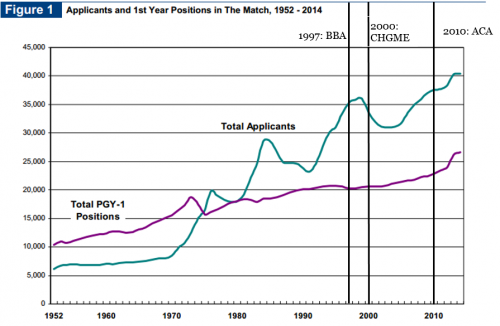


The most common proposal, for instance, is for a revenue-neutral reform: We should scrap our current progressive tax, which we know to be hopelessly complex and inefficient, and adopt a simple and efficient flat tax that would yield the same-or nearly the same-revenue. Supply-siders, by contrast, deal with the just-how question as if it can be answered independently of the how-much question.

Barely one-third of the current total tax take, this amount is to finance the correspondingly pared-down expenditures of the federal government. Browne, for instance, suggests a 10 percent rate, which might raise as much as $500 billion. The primary concern of the libertarians is with how much the government might tolerably extract from income earners and only secondarily with just how it is best (i.e., least painfully) extracted. The space he allocated to the flat tax as compared to the space allocated to it by the supply-siders, as well as his attention to the size of the tax take rather than the shape of the tax schedule, suggests a significant difference in priority and perspective. In explaining Why Government Doesn’t Work (1995), Harry Browne offers a flat tax as part of the fix, but he devotes barely more than a page to this issue. Libertarians, many of whom get their economics from the Austrian school and eschew the Republican label, also tend to favor a single rate. Michael Evans made the case for the flat tax in his Truth About Supply-Side Economics (1983) Robert Hall and Alvin Rabushka have made it twice in their book-length treatment of The Flat Tax (19). In modern American politics, advocating a flat tax is the surest way of labeling yourself as a supply-sider, a Jack Kemp/Steve Forbes Republican. He wishes to thank David Laband, Jim Long, and Leland Yeager for helpful comments. Garrison is professor of economics at Auburn University.


 0 kommentar(er)
0 kommentar(er)
